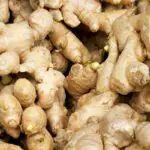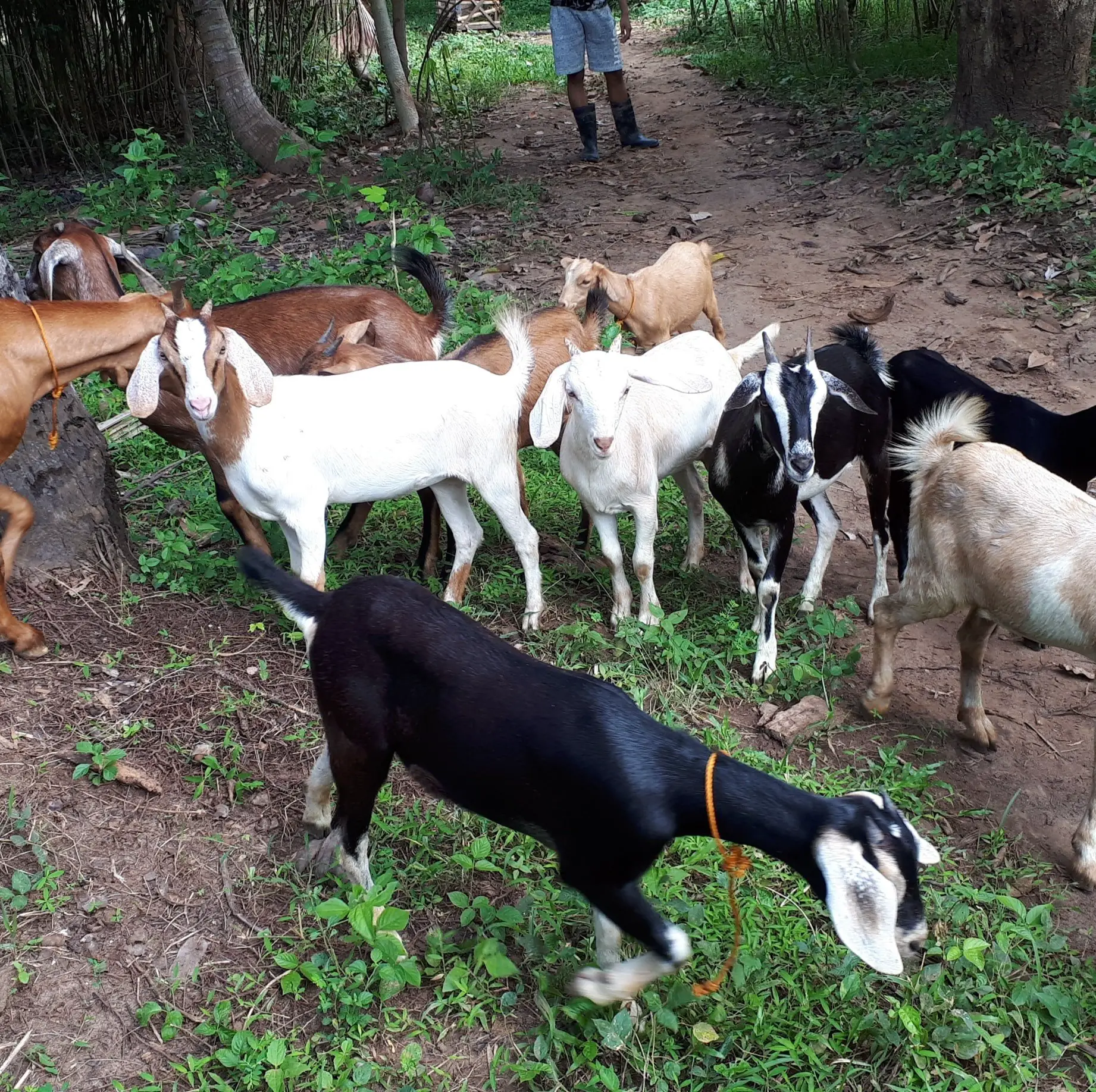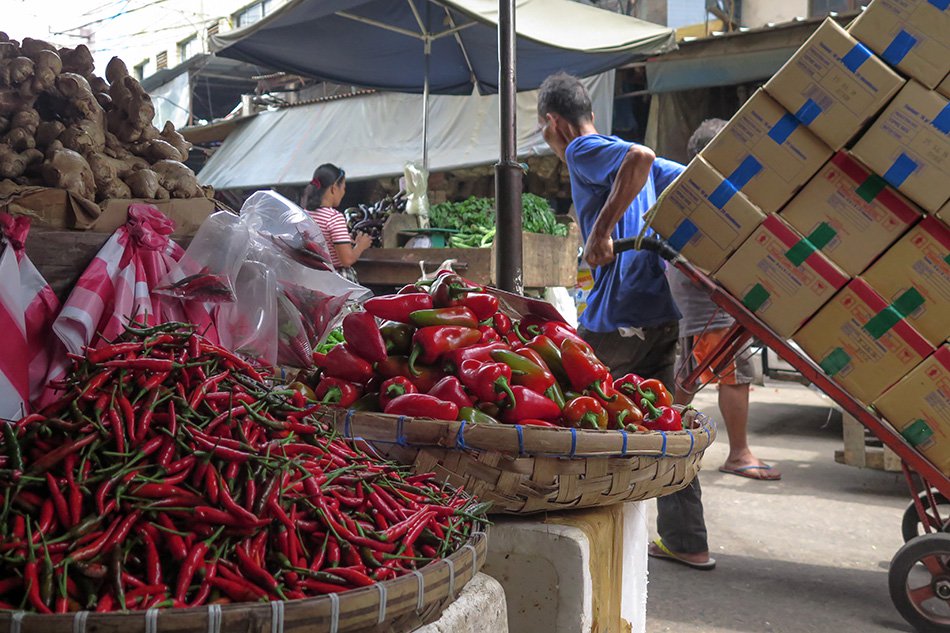While there is excitement in the Philippine chocolate industry, there are also challenges that growers and exporters have to deal with. These are problems that involve pests and diseases that impact quality and size of production. Identifying them and dealing with appropriate plan of action will help maintain desired outcomes.
Most common cacao pests in the Philippines are: Cacao Pod Borer, Vascular Streak Dieback, Helopeltis and Cacao Stem Borer. Whereas, the most common cacao disease is Black Pod. Here are some of the steps farmers and growers can do to arrest their growth and prevent further infestation and crop damage.
Cacao Pod Borer (Conopormorpha cramelerella)
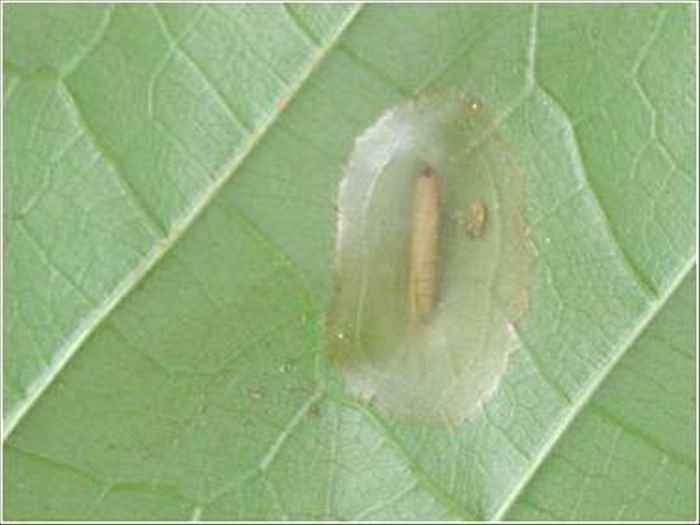
- Regular harvesting (weekly harvesting of all ripe pods) in order to break the lifecycle of the pest.
- Sanitation; which includes to bury all empty cacao pod husks, but also to remove all other diseased pods, black pods, and pods eaten by animals from the trees
- Pruning; to increase the sunlight, which the pest does not favor.
- Bagging or sleeving of the young pods with newspaper and stapler (or plastic bag)
- Fertilizer; to increase the general health of the tree and in addition increasing cacao production.
Vascular Streak Dieback (caused by Oncobasidium theobromae)
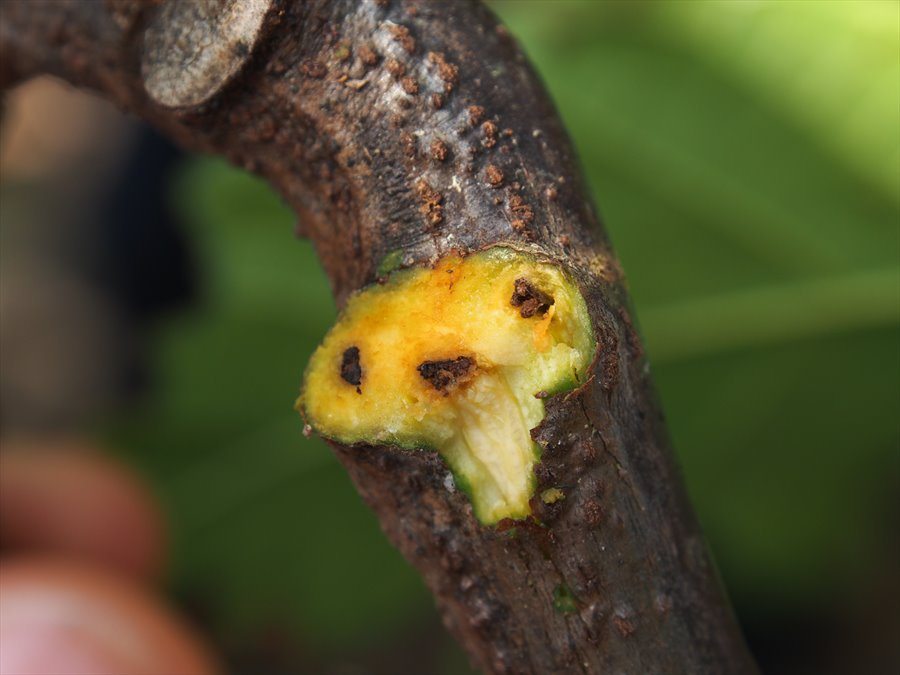
- Sanitation pruning – cut off infected branches at 30 cm below the infected area, and burn the infested cuttings
- Nurseries should use polyethylene roofing to ensure spores cannot land on the seedlings
- Shade on the cacao trees should be reduced to lower humidity
- Plant VSD tolerant varieties such as hybrids PA 173 x SCA 9, PA 138 x SCA 9, ICS 39 x SCA 6, PA 156 x IMC 67, PA 156 x SCA 9, ICS 95 x SCA 6, clones PBC 123, PBC 159, ICS 95 and others.
Black Pod Rot and Canker Control Method (caused by Phytophtora palmivora)
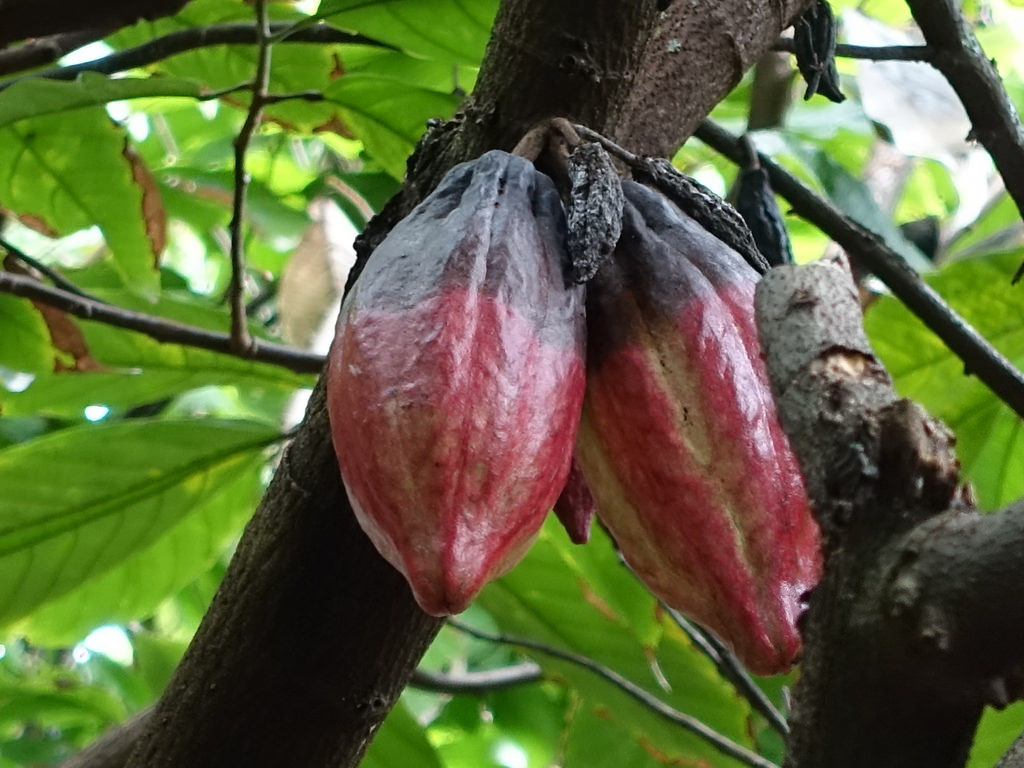
- Frequent harvesting to avoid pathogen sporulation.
- Harvest all the infested, dead and mummified pods and ideally destroy or bury them.
- Prune the cacao trees and shade trees to reduce humidity.
- Have a good drainage system so that the spores cannot spread in puddles of water.
- Trees that have died due to tree canker should be cut down and destroyed.
- Scraping off the bark from the infected area and put paint or soap on it.
Helopeltis Control method (Helopeltis: a sap-sucking bud)
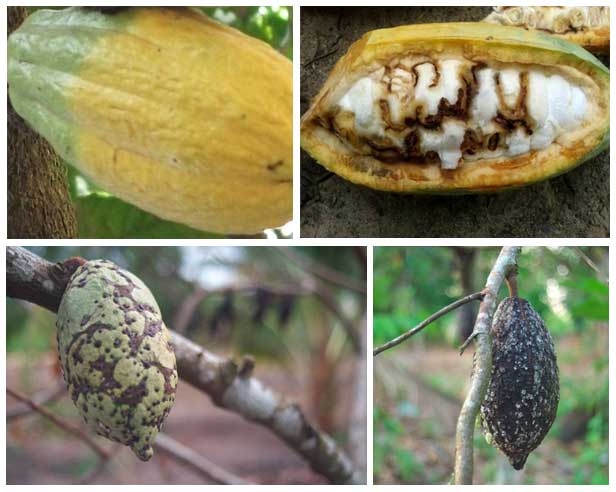
Typically, Helopeltis likes open canopies and sunlight penetration. Still, one should prune the trees carefully and reduce shade if it is too heavy – this is to allow better visibility on the disease and better application of control methods. (Note: if pruning is too rigorous, new chupons will grow which are a feeding ground for Helopeltis).
Stem Borer Control Method (Zeuzera)
- Cut off infested branches at 40 cm below the lowest larvae hole. These branches should be destroyed.
- After pruning of an infested tree, big branches, especially those with stem borer holes, should be burned.
- The hole can be covered or plugged with mud or wood to prevent the larva to come out, so that it cannot feed and hatch, or cannot breathe.
- Poking the larvae out with a piece of wire.
- Squirt some soap solution in the exit hole. After a while, the larva will emerge from the hole, probably driven out by the unpleasant soap fume. Catch and kill the Stem Borer.
Other Pest and Disease
Leaf Eater Damage
- Cause: Insects such as caterpillars, cocoa loopers, grasshoppers, locusts, leaf cutting ants, leaf beetles.
- Solution: Chemical control is effective. Shade management is also important. Some shade trees such as Leucaena are often associated with more caterpillar problems. Open sunny conditions attract locusts and grasshoppers. Red weaver ants may be effective in controlling leaf beetles.
- Cause: Insects. Possibly Rhyparid beetle.
- Solution: Chemical control, or biological with crazy ant. Control with light traps is also possible.
Blisters and Black Spots
Sap suckers on young leaves
- Cause: Insect such as thrips, aphids, leaf hoppers and pysillids.
- Solution: Chemical control. Take care to spray underneath the leaves as well as on top.
Insect sap suckers
- Cause: Thrips or aphids.
- Solution: Control with chemicals and shade management. Target spraying to affected plants only. Thrips have natural enemies such as pirate bugs watch out for them and avoid spraying them.
Harvest Management
Now that we have overcome common cacao diseases and pests, it is equally important to handle cacao beans properly during harvesting period. Not only it preserves pod quality, it also ensures minimal wastage and meet standards expected by buyers. Having optimal quality of yield ensures an esteemed reputation as a producer and command preferred buying prices.
Pod harvesting
- Don’t harvest green pods and avoid over ripe pods because bean size and quality will be reduced. Use secateurs to harvest cleanly and safely, to protect flowering cushions
Pod storage
- We should collect pods and store for 7 – 9 days for quicker fermentation and better flavor of cocoa beans.
Pod opening and bean removal
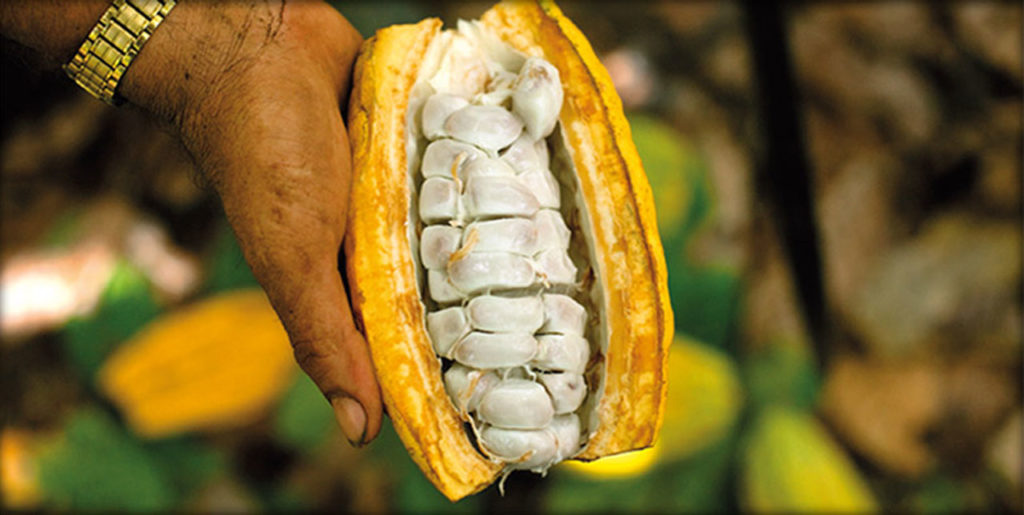
- The best way is to use a non-sharpened steel blade to crack the pod then twist the pod open. You can also use a wooden hammer or crack two pods together.
- Discard the placenta, pulp and soft or empty beans, germinated beans and damaged beans from the bean mass.
- Correct pod disposal is important to avoid pest and disease buildup. The safest ways are composting or burying after drying.
Avoid leaving pod husks on the ground, as insects and diseases can spread from these pods.
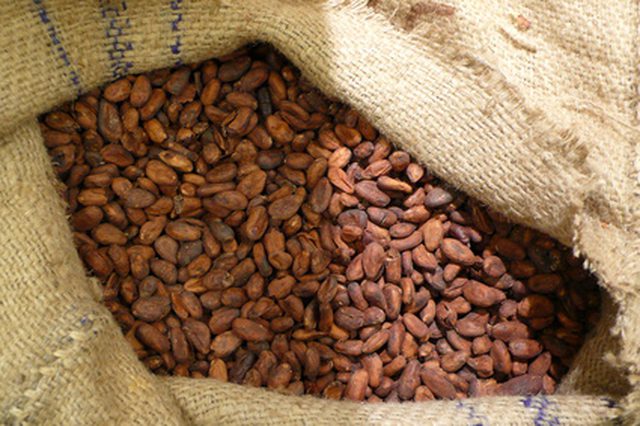
Bean fermentation
During cocoa bean fermentation, it is important to:
- Turn the bean mass after 2 days (48 hours) and 4 days (96 hours)
- Drain the juices (sweatings) from the bean mass
- Only use properly constructed wooden boxes with slats, or baskets
- Cover the beans with banana leaves and jute bags or cloth rags
- Fermentation will be completed in about 5- 6 days
- All mixing of beans should be made by wooden tools or hands
Bean drying
Once the beans have been fermented they must be dried immediately under the sun on drying trays or baskets turned regularly. It is important to:
- Cover with plastic shelters during rain or remove the beans to a dry spot.
- During drying separate bean clusters, remove pod placenta, and flat, damaged or germinated beans.
- Avoid using wood fired kilns that produce smoke- this is not an approved drying method and will result in smoke contaminated cocoa!
Cacao bagging and storage
Keep bags of beans on a wooden palette in a dry and ventilated place. Don’t put hot beans into plastic bags to avoid mould and moisture increased.
Record keeping
Record all weight of pods harvested, wet bean fermented, beans dried in a record book, and dates of harvest, fermentation and drying.
Conclusion
Cacao crop production can be a delicate process, from planting to harvesting. You have to deal with potential diseases and pests that can destroy an entire area and spoil your plans. But when pests and diseases are dealt promptly and appropriately and harvesting handled properly, your cacao produce can become a significant contributor to the Philippine chocolate industry.




